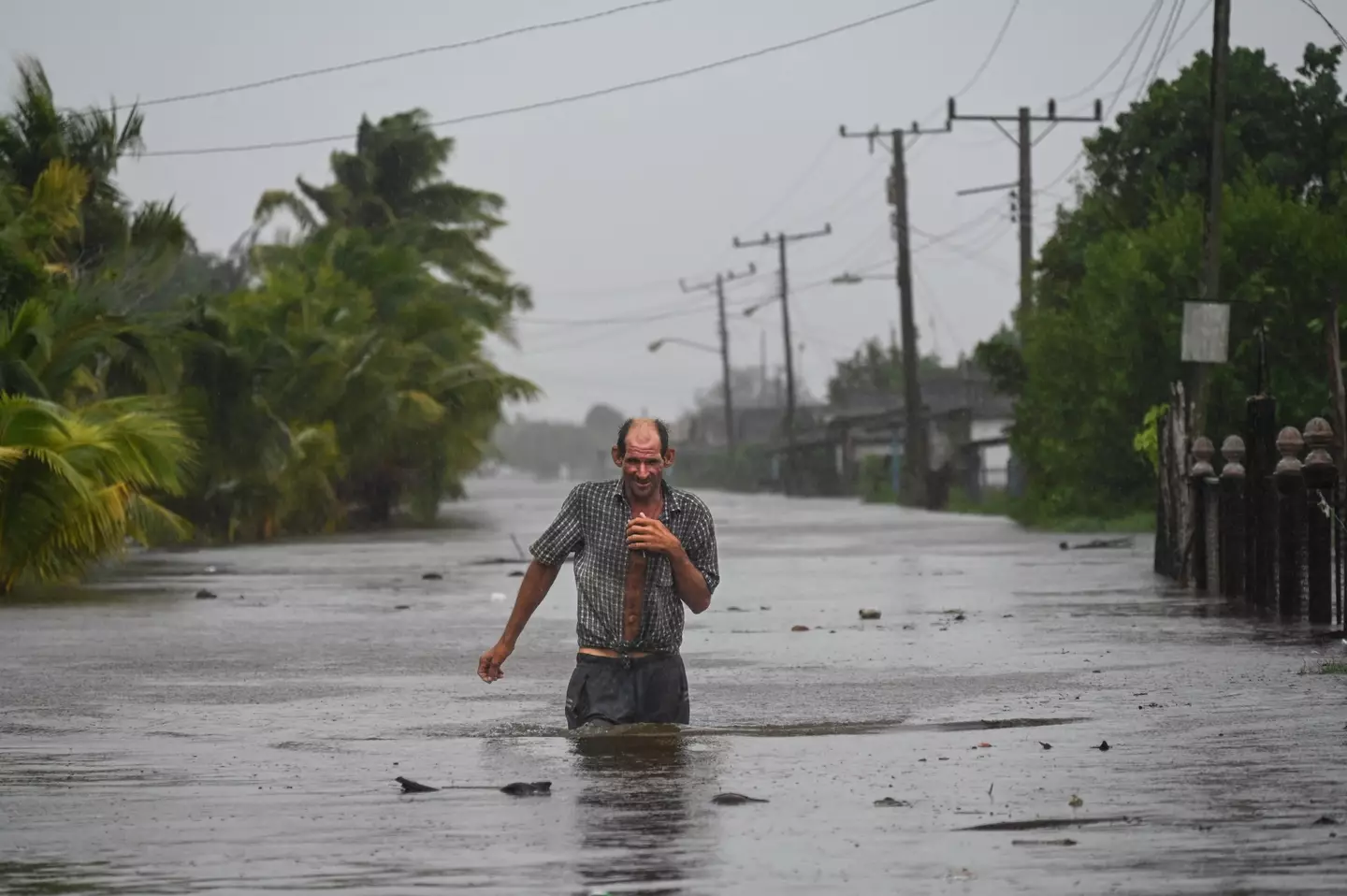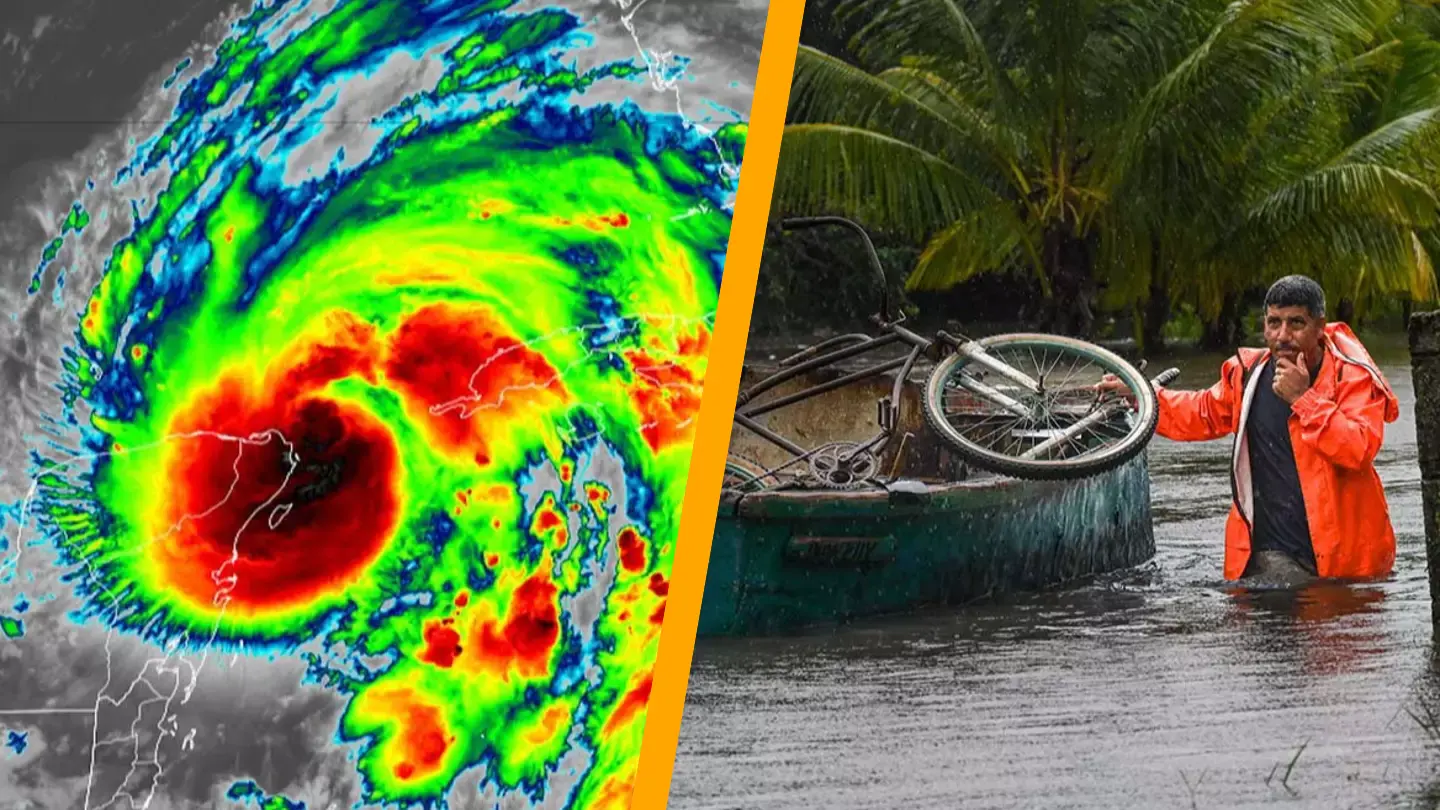It’s September, which often means hurricanes ravaging large portions of Florida, causing widespread devastation.
This time, Hurricane Helene is predicted to bring significant destruction to the Sunshine State. It is expected to be classified as a category four storm by the time it reaches Florida’s coast later on Thursday, September 26.
The National Hurricane Center has issued warnings about the storm surge, which could rise as high as 20 feet along some coastlines. Miami, typically a major target for such storms, is anticipated to be heavily impacted.
The center stated: “A catastrophic and deadly storm surge is likely along portions of the Florida Big Bend coast, where inundation could reach as high as 20 feet above ground level, along with destructive waves.
“Preparations to protect life and property should be completed by early Thursday before tropical storm conditions arrive.”

Experts noted that as of 5am local time on Thursday, Helene was already producing wind speeds of an impressive 90mph.
These high winds are expected to intensify over the next few hours, with the hurricane center forecasting wind speeds could reach at least 130mph later in the afternoon.
Although tropical storms are relatively common in Florida, Helene is expected to cause significant damage.
Hurricane expert Michael Lowry has cautioned that the hurricane is on track to become one of the largest storms in the Gulf of Mexico in the last 100 years.
He wrote on Twitter: “Only four named storms this century have been as large over the Gulf of Mexico (measured by the extent of tropical storm winds) as Helene is forecast to become by tomorrow: Irma (2017), Ike (2008), Ivan (2004) and Isidore (2002).”

Thousands of residents in Florida have been compelled to evacuate their homes, and in some cases, leave the state entirely due to the hurricane’s imminent threat.
The Tallahassee National Weather Service issued a dire warning for those living in and around Apalachee Bay, indicating in an update on Wednesday, September 25, that the storm surge threat is ‘catastrophic and/or potentially unsurvivable’.
Damage has already been reported further south, with vehicles submerged underwater in Mexico’s Quintana Roo state.
Additionally, Cuba’s Pinar del Río province has experienced extensive power outages, affecting more than 50,000 residents.

